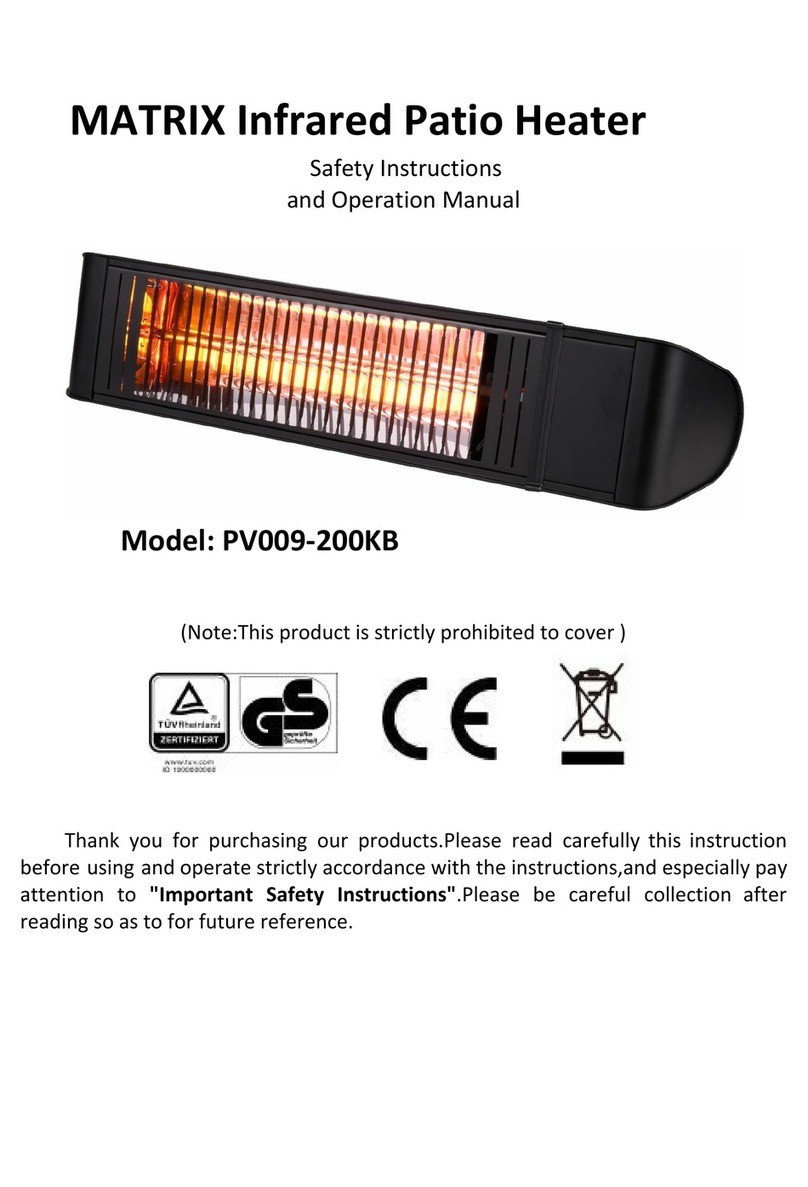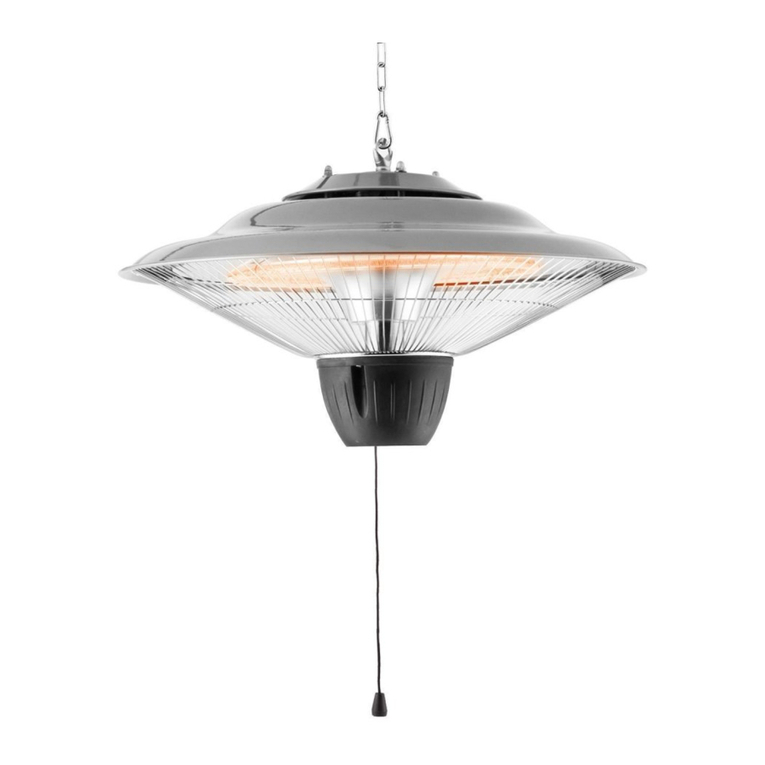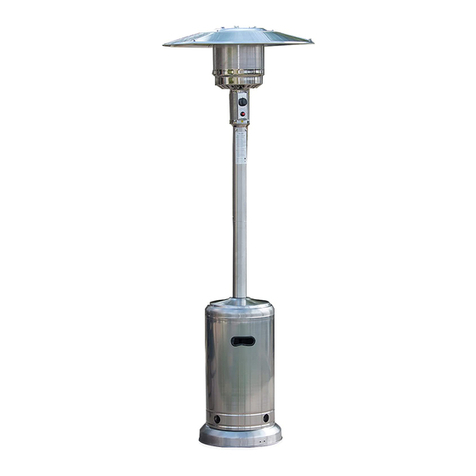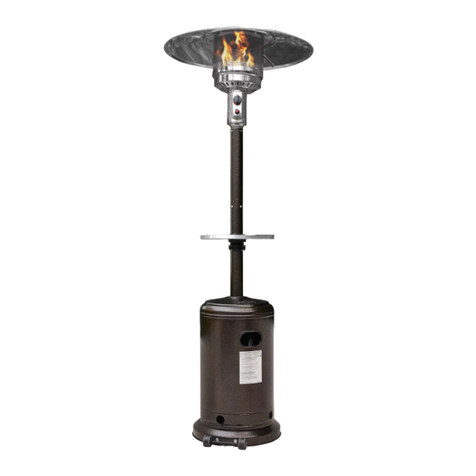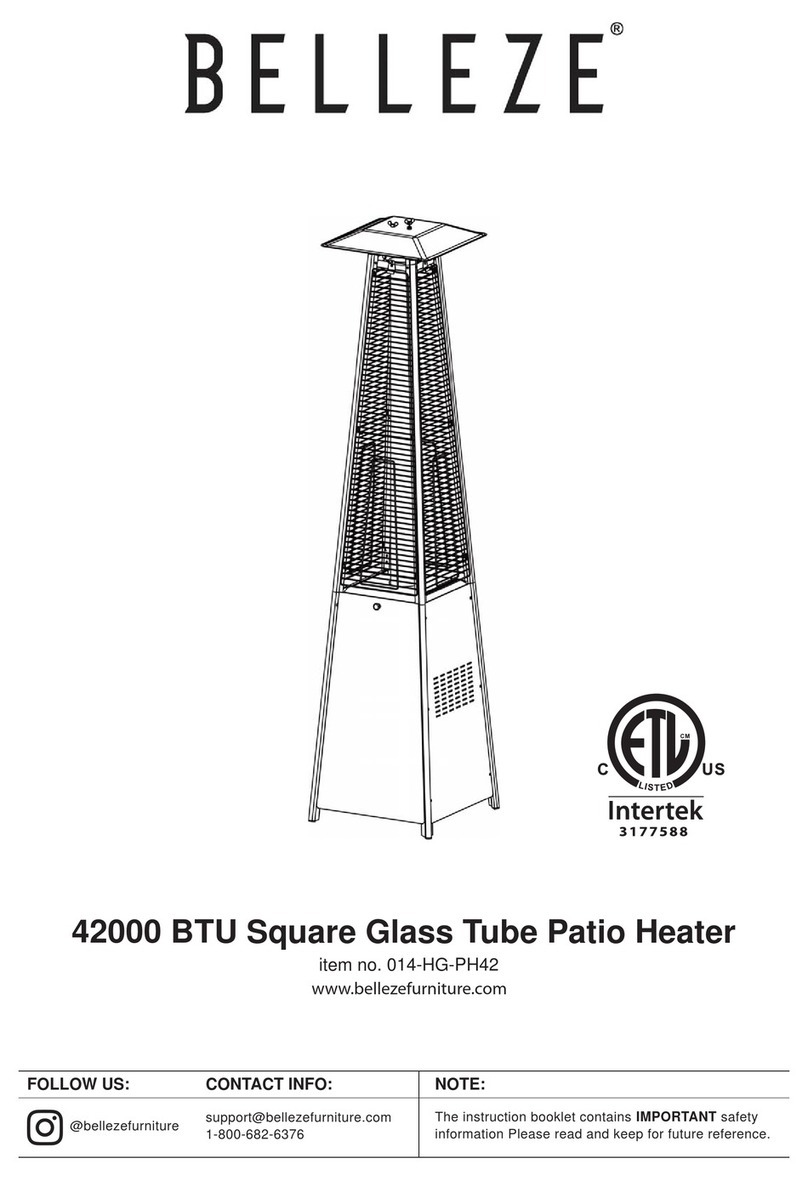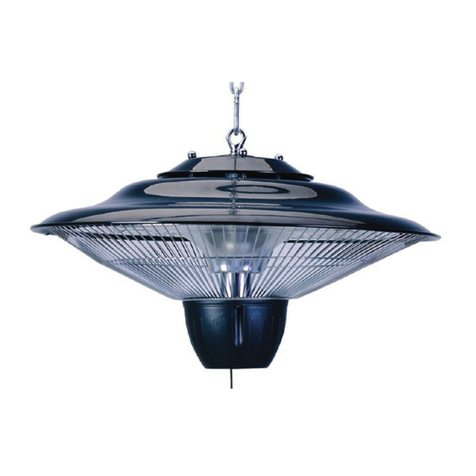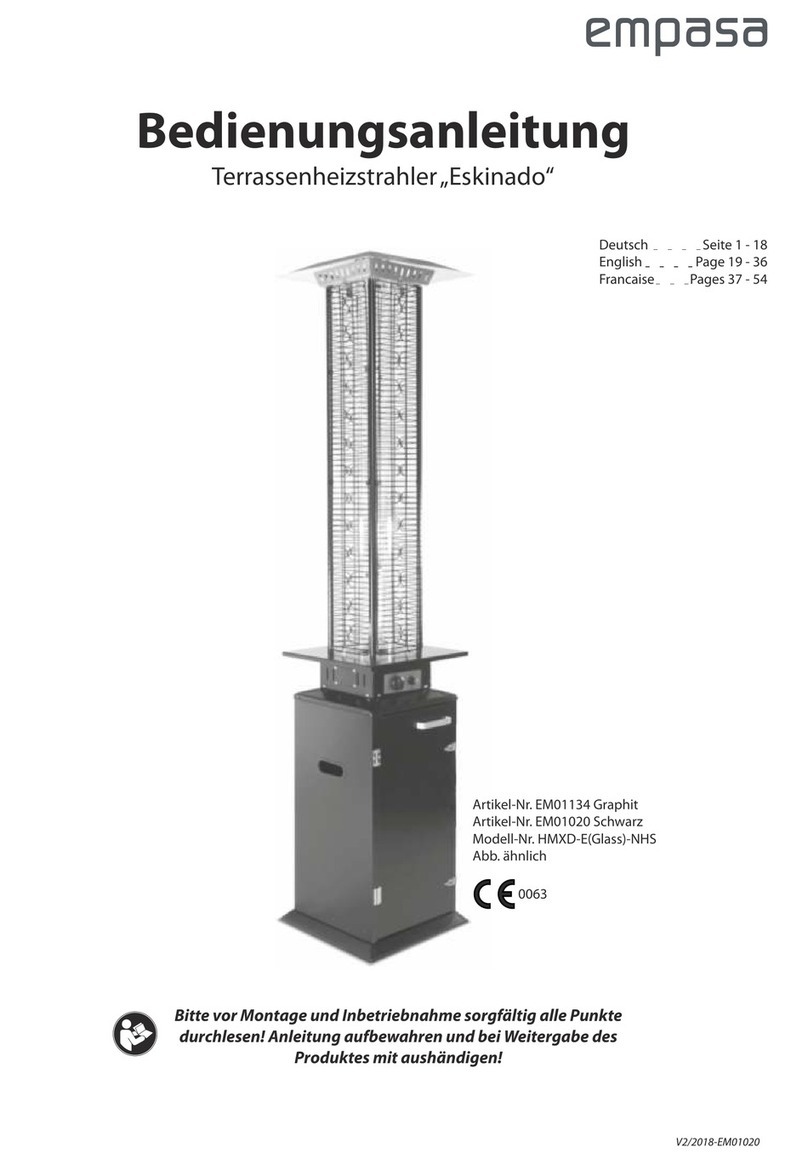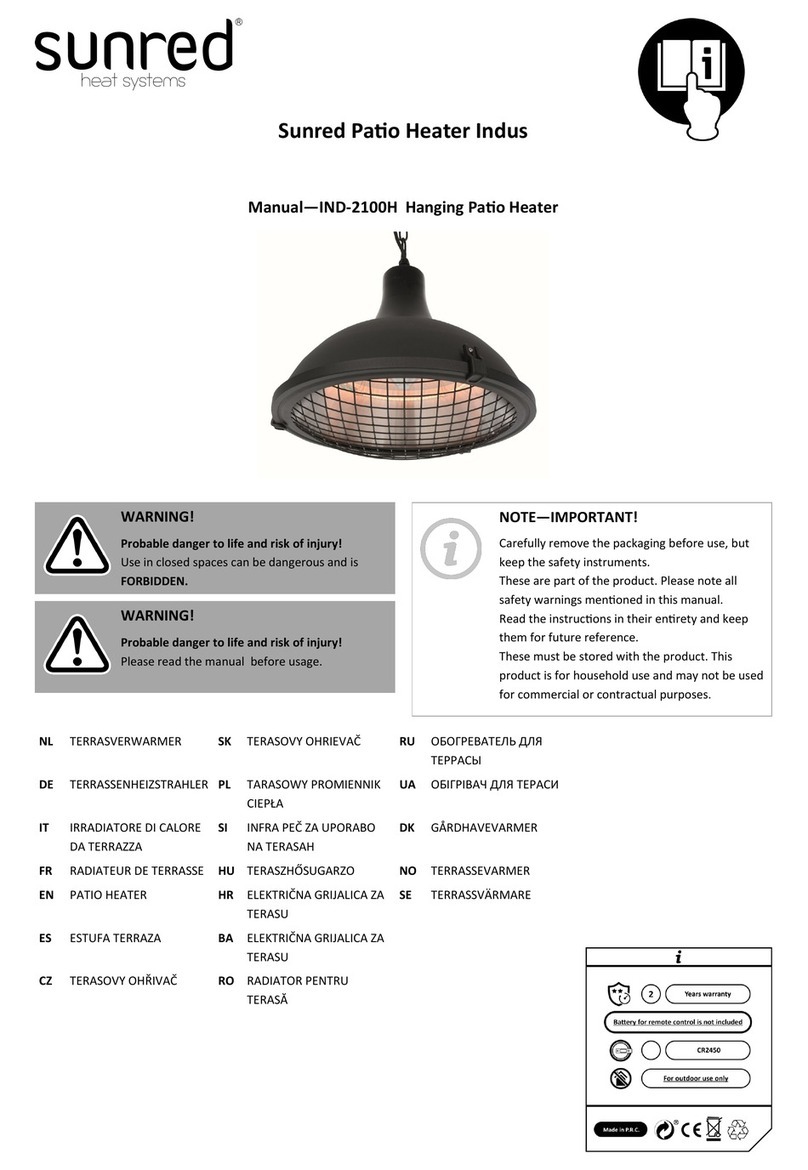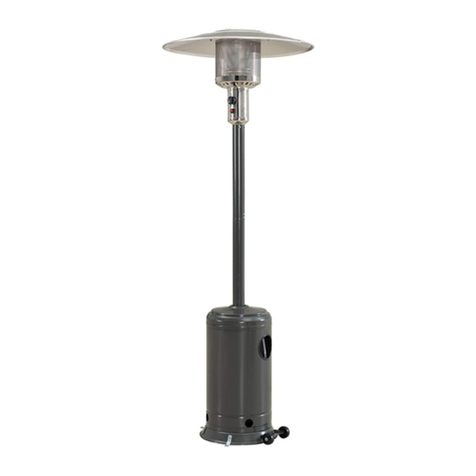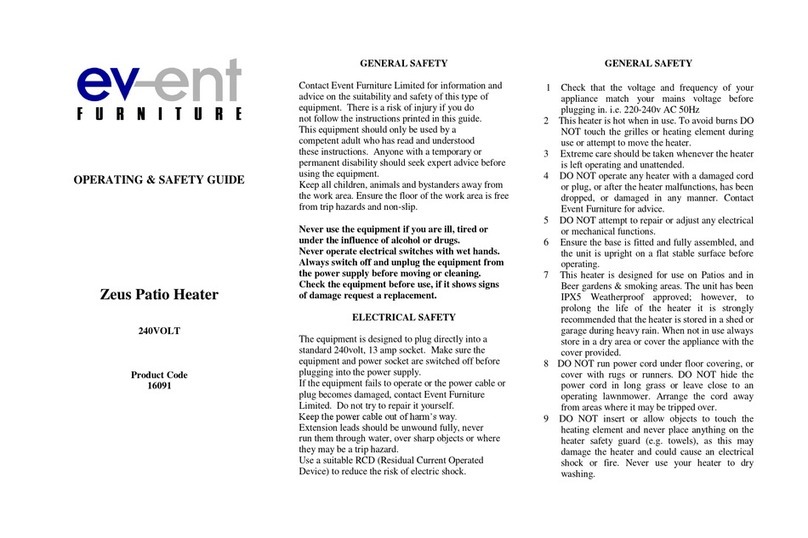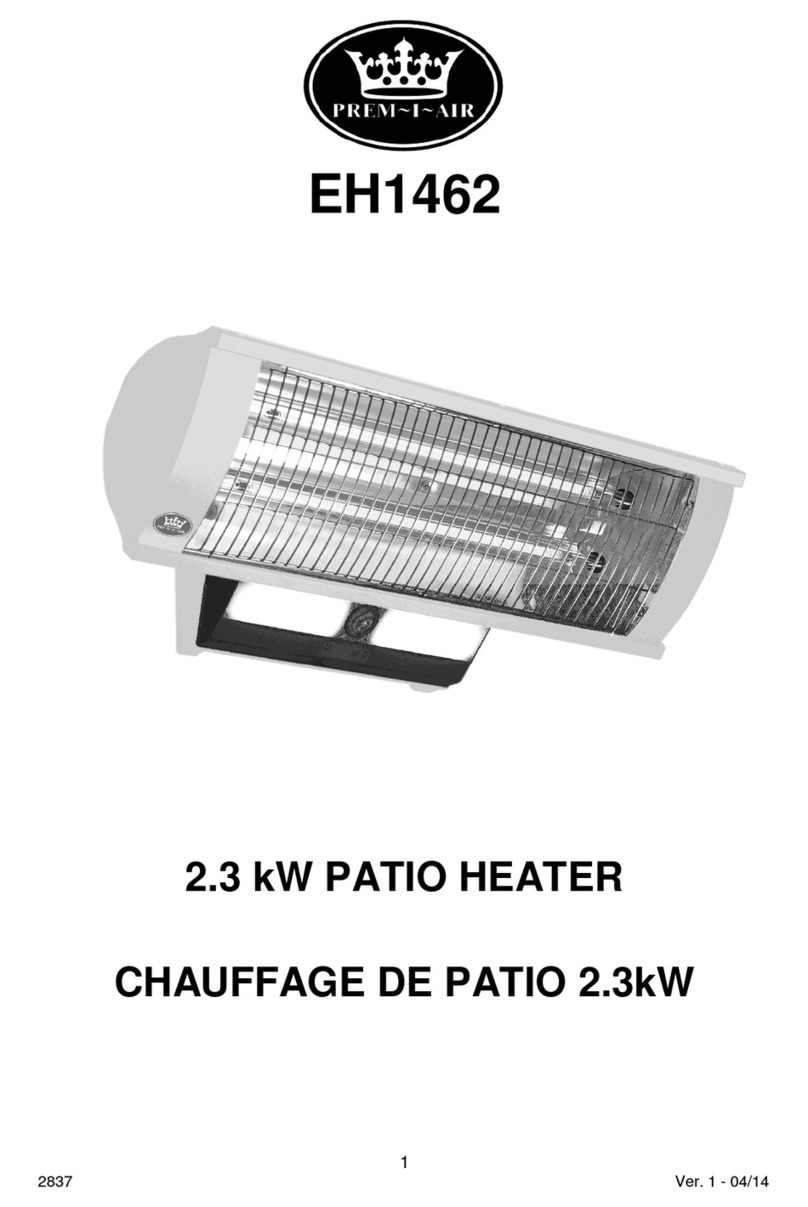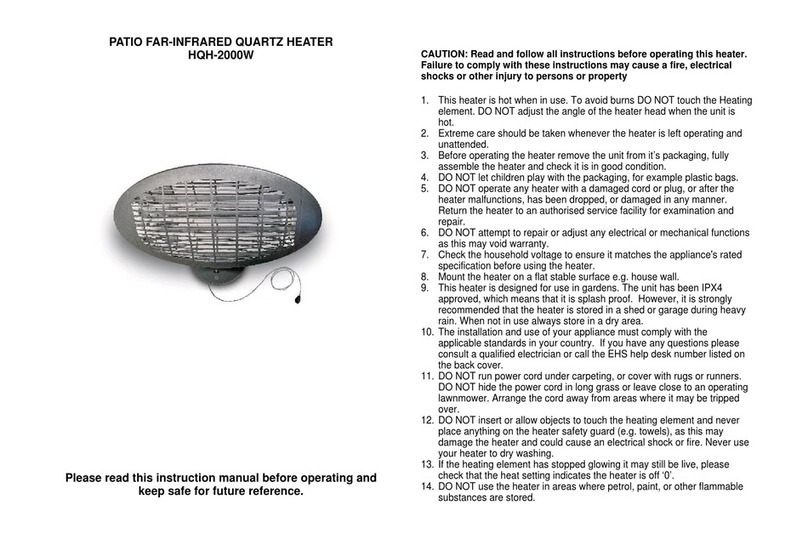
6
SAFETY INFORMATION
DANGER
combustion appliances produce carbon
monoxide (CO) during the combustion
process. This product is designed to
produce extremely minute, non-hazardous
amounts of CO if used and maintained in
accordance with all warnings and
instructions. Do not block air flow into or
out of the heater.
produces flu-like symptoms, watery eyes,
headaches, dizziness, fatigue and possibly
death. You can't see it and you can't smell
it. It's an invisible killer. If these symptoms
are present during operation of this product
get fresh air immediately!
unventilated or enclosed areas.
use in unventilated or enclosed areas to
avoid endangering your life.
DANGER
materials, paper or cardboard, a safe distance
away from the heater as recommended by the
instructions.
openings into the combustion chamber.
may contain volatile or airborne combustibles,
or products such as gasoline, solvents, paint
thinner, dust particles or unknown chemicals.
source of ignition. Keep heater area clear and
free from combustible materials, gasoline,
paint thinner, cleaning solvents and other
flammable vapors and liquids. Do not use
heater in areas with high dust content.
Minimum heater clearances from combustible
materials: three (3) feet from the sides and
three (3) feet from the top.
DANGER
ignition sources or where temperatures exceed 120˚F.
smell gas, leave the area immediately.
other ignition sources or while heater is hot to touch.
Keep flammables at least 3 feet from sides and 3 feet from top. Keep gasoline and
other flammable liquids and vapors well away from heater.
children. Never store the propane cylinder in an enclosed area (house, garage, etc.).
If heater is to be stored indoors, disconnect the propane cylinder for outdoor storage.
SAFETY INFORMATION


